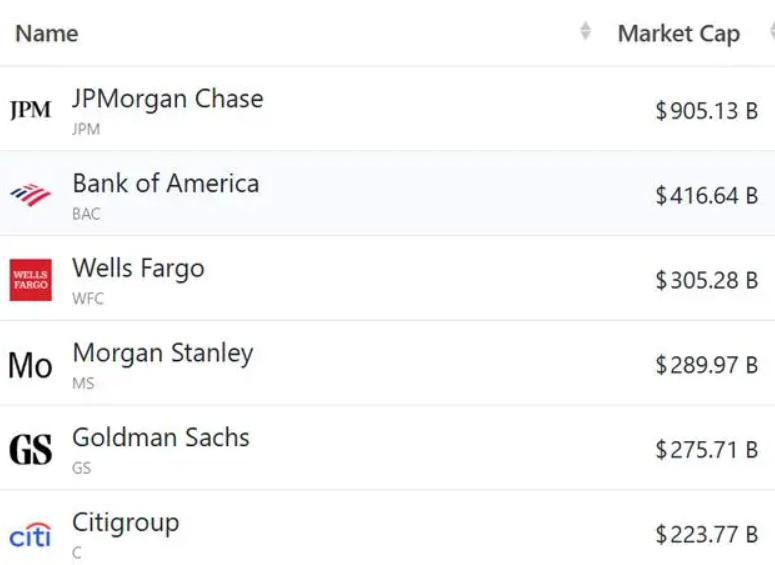
In April, one of the focal points in international financial markets has been the structural adjustment in US dollar asset allocation. This shift not only epitomizes the evolution of the global economic landscape but also reflects international investors’ reassessment of future economic conditions and policy directions. Data from the US Treasury and capital flows in equity markets indicate that US dollar assets are undergoing their most significant reallocation since 2020, though the dollar’s core status remains unshakable in the short term.
According to data released by the US Treasury in April 2025, foreign investors net sold $42 billion worth of US Treasury bonds in March 2025, marking the sixth consecutive month of net selling since October 2024 and setting a three-year record for sustained reductions. Notably, official institutions have played a dominant role in this sell-off, accounting for nearly 70% of the total reduction, which reflects central banks’ strategic adjustments to their US dollar asset holdings. Japanese investors drew particular attention, as they reduced their holdings of US Treasury bonds by $18 billion in March, the largest monthly reduction since October of the previous year. This figure not only disrupts Japan’s long-standing image as a major holder of US Treasury bonds but also highlights the cautious stance of Asian economies toward US dollar asset allocation.
In equity markets, changes in capital flows have been equally striking. Since April, the MSCI Emerging Markets Index has outperformed the S&P 500 Index by 3.2 percentage points, demonstrating a clear trend of "capital retreating from the West and advancing to the East." Emerging market equities in economies such as India and Southeast Asia have attracted substantial international capital, while US tech stocks have faced outflows. By sector, the allocation ratios of traditional energy and financial sectors in US dollar assets have declined, while weights in emerging industries like new energy and artificial intelligence in non-US assets have increased, reflecting investors’ reassessment of growth trajectories amid global industrial upgrading.
The Federal Reserve’s monetary policy trajectory has always been a key variable influencing US dollar asset allocation. Since early 2025, divergences within the Fed over interest rate paths have intensified: some officials advocate maintaining high rates to curb "sticky" inflation, while others worry that excessive tightening could trigger a recession. This divergence caused sharp fluctuations in the 10-year US Treasury yield in March, briefly breaching the psychological threshold of 4.5% before retreating to around 4.2%. For international investors, policy uncertainty has increased the risk premium for holding US dollar fixed-income assets, particularly as non-US central banks generally enter rate-cutting cycles, narrowing interest rate differentials and further diminishing the appeal of US Treasuries. For example, the European Central Bank’s 25-basis-point rate cut in March 2025 reduced the 10-year Treasury yield spread between Germany and the US from 200 basis points at the start of the year to 150 basis points, prompting European investors to shift toward euro-denominated assets.
The US Treasury’s expansion of Treasury issuance has created a "siphon effect" on market liquidity. To cover fiscal deficits, the Treasury announced plans in Q1 2025 to issue an additional $200 billion in long-term Treasuries, a 30% increase from the same period last year. The massive supply has depressed bond prices, pushed up yields, and crowded out private sector financing. Foreign investors have renewed concerns about the sustainability of US government debt—by March 2025, the federal debt-to-GDP ratio had exceeded 130%, a record high. In an April report, credit rating agency S&P warned that if the US fiscal deficit rate remains above 5%, it may downgrade the country’s long-term sovereign credit rating, further fueling investors’ willingness to reduce holdings.
With the evolution of geopolitical dynamics and the development of the digital economy, the diversification of global trade settlement currencies has accelerated, posing a structural challenge to the dollar’s "dominance." According to SWIFT data, the dollar’s share in global trade settlements fell to 58% in March 2025, down from 65% in 2020, while the combined share of the yuan, euro, and yen rose to 35%. Bilateral currency settlement agreements signed by China with economies such as ASEAN and BRICS, along with the expanded pilot of the digital yuan cross-border payment system, have further reduced reliance on the dollar. This trend is particularly evident in energy trade: Saudi Arabia announced that starting from Q2 2025, 50% of its crude oil exports to China will be settled in yuan. If widely adopted, this initiative could undermine the traditional link between the dollar and oil trade, fundamentally weakening the dollar’s status as a reserve currency.

Driven by the Trump administration's push to relax financial regulations and the recovery of investment banking business, the market value of the six major banks in the United States has cumulatively increased by approximately 600 billion US dollars by 2025.
Driven by the Trump administration's push to relax financia…
On Christmas evening, U.S. President Trump posted on social…
According to multiple foreign media reports, the recent fin…
The middle class, once regarded as the cornerstone of Ameri…
On December 19th local time, the US military launched a lar…
The Boxing Day sunshine should have cast a false glow of pr…